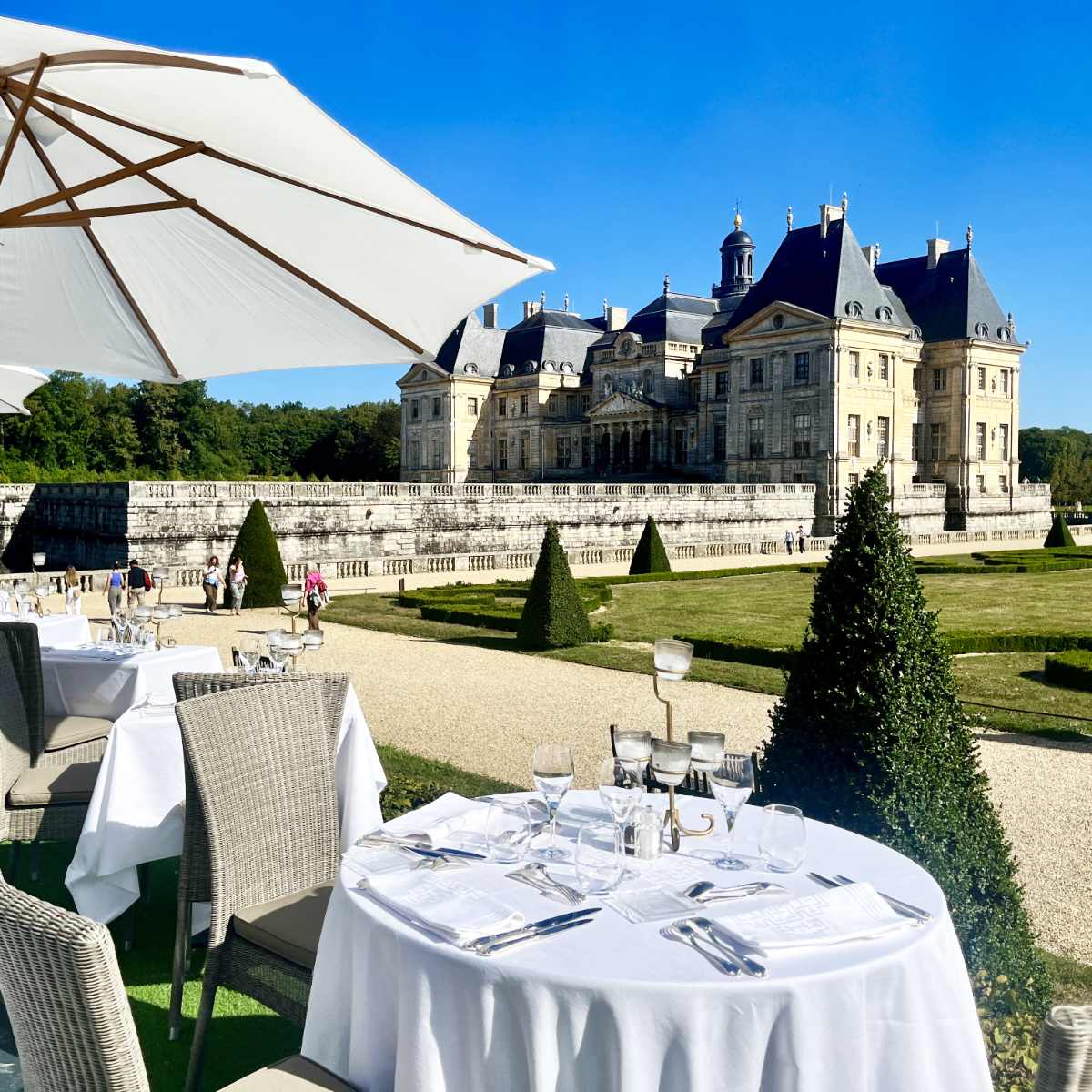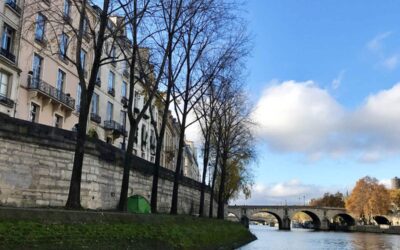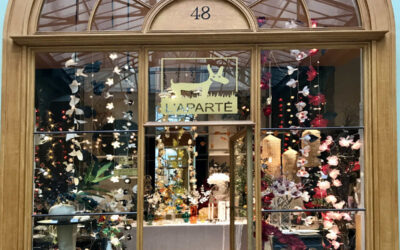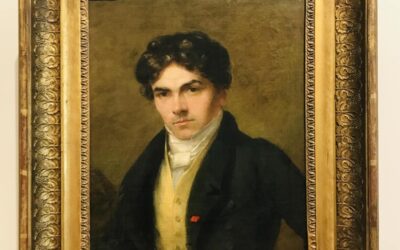The stunning Château de Vaux-le-Vicomte never belonged to a King, or any other royal for that matter. Nevertheless, its mere existence had a profound effect on France.
This gorgeous château was built to reflect the skills of French artisans and the power of its owner, Nicolas Fouquet. Instead, its beauty triggered an enormous rage in Fouquet’s boss, the Sun King Louis XIV.
The château would also inspire King Louis to build that grandest of all French châteaux, the Palace of Versailles. Louis would hire many of the same architects and engineers as the Château de Vaux-le-Vicomte, inspired by the grand decorations and gardens that he saw here to built a royal palace like no other.
Indeed, the château would inspire many of the other nearby châteaux around Paris like Château de Breteuil and Château de Chantilly, as well as the grand châteaux of the Loire. It was a new era of architecture, with French expertise inspiring much of Europe.
The history
The original owner of Château de Vaux le Vicomte was a man named Nicolas Fouquet, Marquis de Belle Île. In his mid-40s at the time, he became the Minister of Finance to a 22-year-old King Louis XIV.
King Louis had been a child when he inherited the throne, which his mother Anne as regent. It was a tumultuous time known as the Fronde, with nobles at the time contesting Louis and his mother.
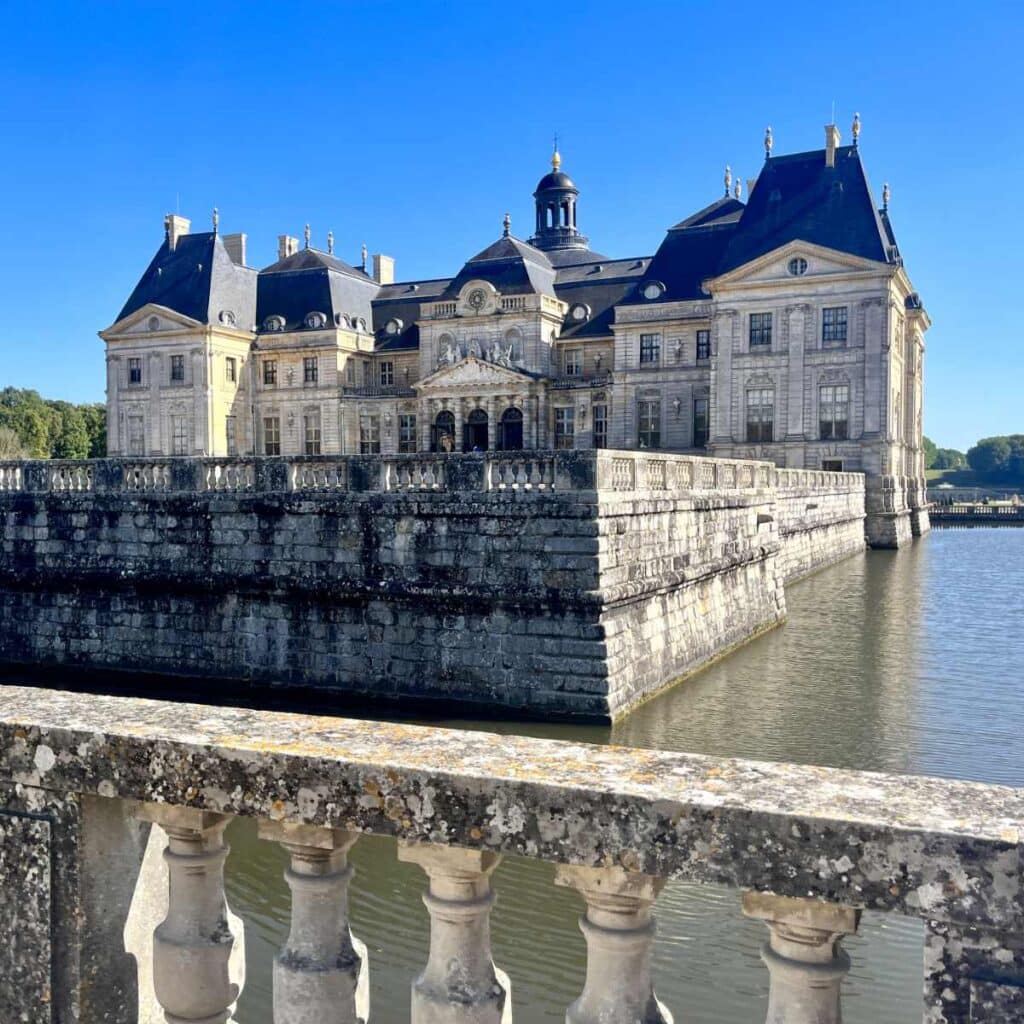
Fouquet had risen quickly to gain a place of trust in Louis’s court, and Minister of Finance was an important position. He began construction on his beautiful new Château de Vaux-le-Vicomte, as a demonstration of his now important position in society.
Once the Château de Vaux-le-Vicomte was completed, Fouquet decided to have a large party to celebrate, including inviting the King. The famous fête took place here on 17 August 1661.
With glittering chandeliers, floral bouquets, and an incredible display of food, the party was a sight to behold. In addtion, Fouquet arranged for French writer Molière’s play ‘Les Fâcheux’ to make its debut.
“On 17 August, at 6pm in the evening Fouquet was the King of France: at 2am in the morning he was nobody.”
Voltaire
The celebration turned out to be too impressive and the Fouquet’s home too luxurious. Instead of flattering the young King, the extravagance enraged him, and he had Fouquet arrested.
He charged Fouquet for misappropriation of public funds, on the assumption that Fouquet could not have paid for all this luxury by himself. Fouquet was arrested and imprisoned for life and his wife exiled.
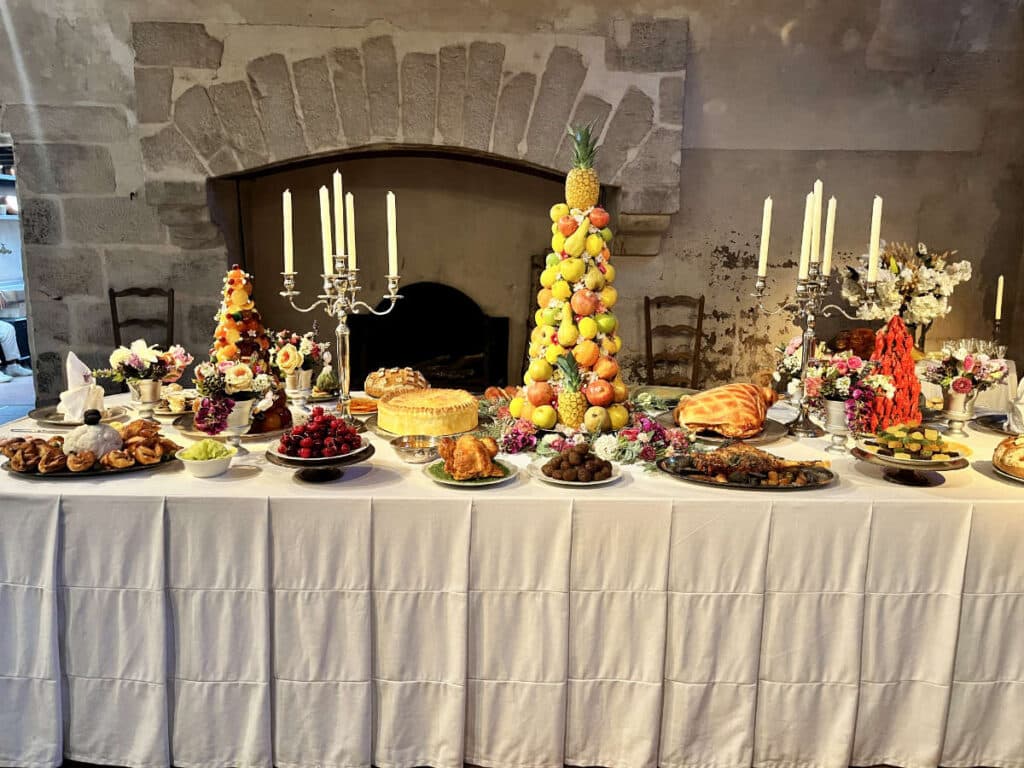
Fouquet would never get to enjoy his castle. The name “Fouquet” though, remains well-known among the French, with even a famous restaurant bearing his name on the Champs-Elysées in Paris.
The young King’s actions after that fateful night would consolidate his power on the French throne, with his nobles now fearful of his wrath. King Louis XIV would become an absolute monarch known as the Sun King, as all revolved around him.
The château was sequestered, and Louis raided it for many of its riches. He also ordered all the artisans working on this château, including the famous engineer Andre le Notre, to work the same magic on his Château de Versailles which he began construction on in the same year, 1661.
Madame Fouquet recovered her château 10 years later and retired there with her eldest son. In 1705, after the death of her husband and son, she decided to put Vaux-le-Vicomte up for sale.
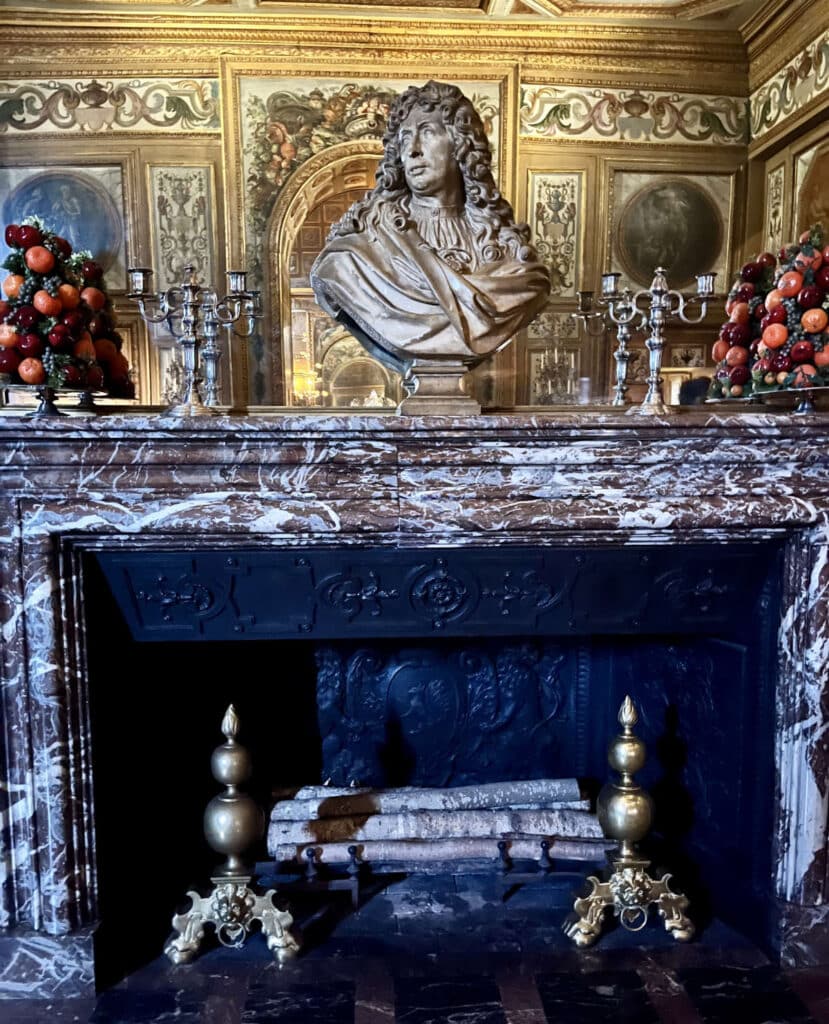
It remained in private hands ever since, even during the 1789 French revolution, when many nobles lost their estates and their heads. In 1875, it was bought by the Sommier-de Vogüé family at auction, and is now owned by their descendants, the Count and Countess de Vogüé.
Visiting the Château
Inside the castle
The château sits on a large moated platform, although the moat is purely for aesthetic purposes. The rest of the extravagant château features elaborate moldings and decorations, rather than anything that can serve a defensive purpose.
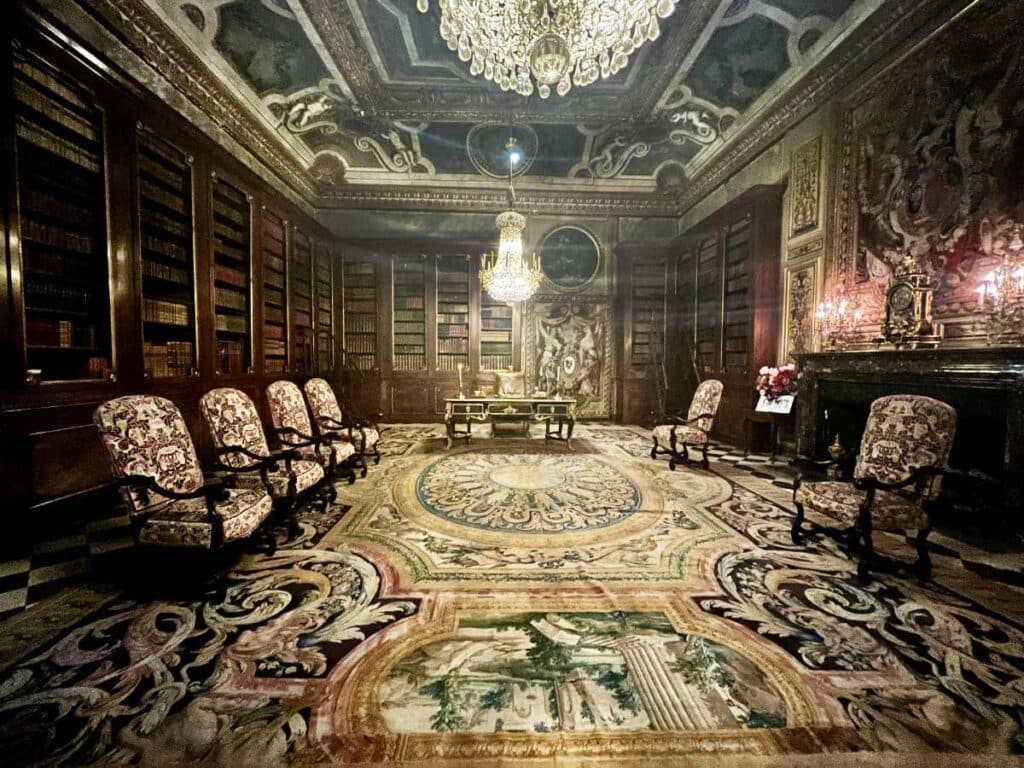
It is built in stone with elaborately tall roofs and a dome in the center. Inside, a grand entrance welcomes visitors, along with several salons on the ground floor and entertaining spaces. The staircases lead up to a long enfilade of bedrooms and studies on the 1st floor.
You can access the roof for views from the cupola of the gardens for an additional fee. The visit continues to the kitchens, cellers, and servant quarters beneath the château which have been set up with wax models showing the purpose of each room.
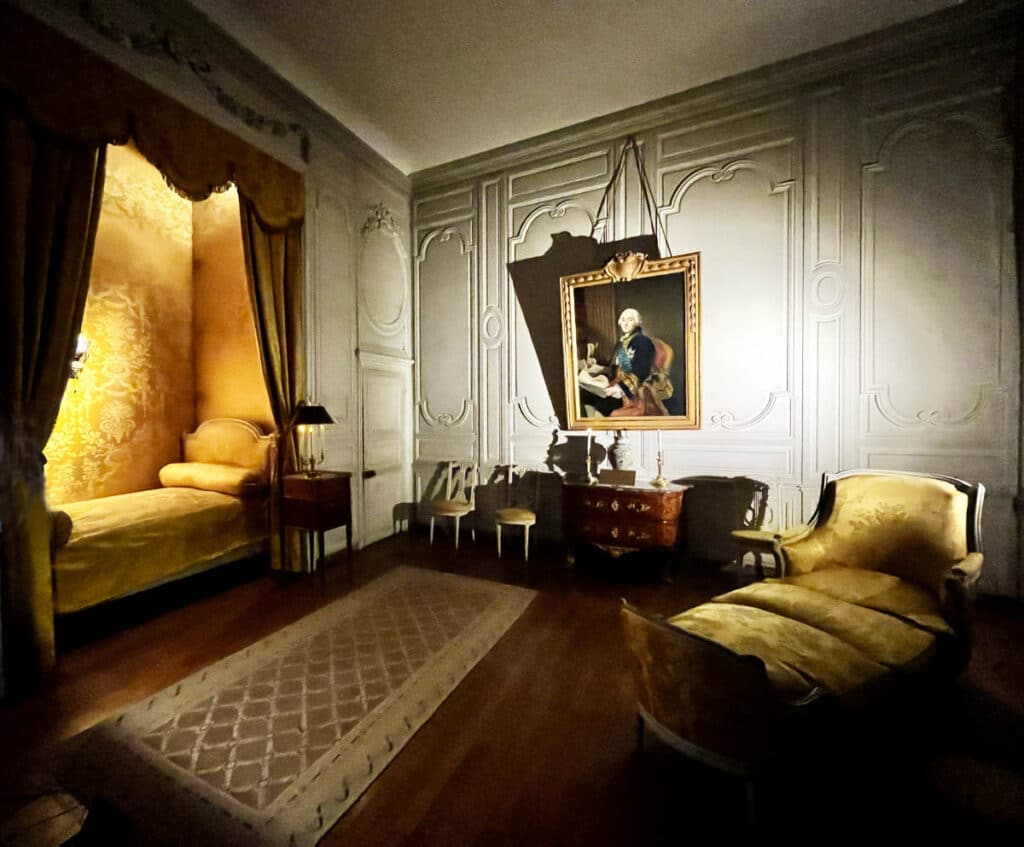
During Christmas and Easter, the Château is sumptuously decorated for the holidays attracting visitors from all over France. In addition, there are period costumes available to rent for men, women, and children to dress up in as they tour the château and take pictures.
The Gardens
There are several small gardens in a large expansive park around the Château de Vaux-le-Vicomte, in the manicured French garden-style. In the center of the back garden is a large fountain, a smaller scale version of the later enormous fountain at the Palais de Versailles.
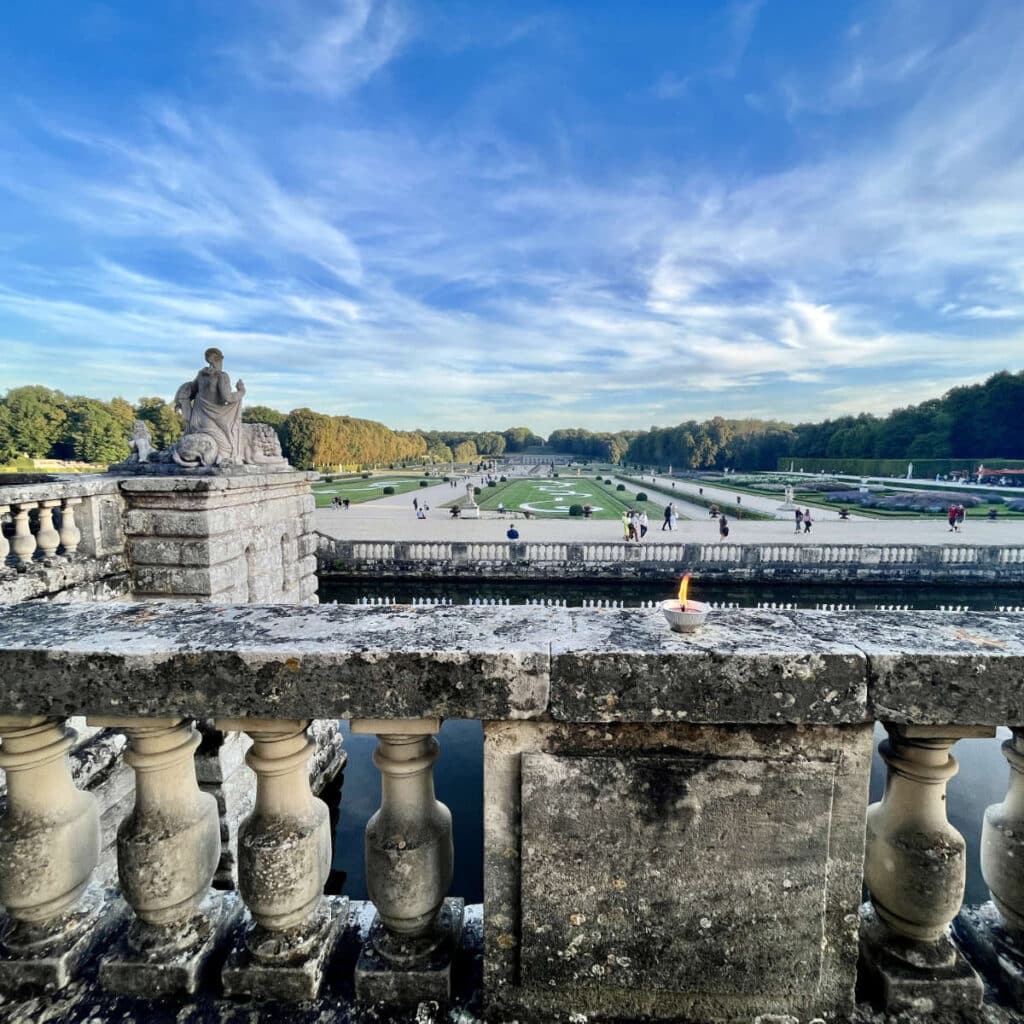
In front of the château is a large cour d’honneur similar to other aristocratic houses of the time. Along grounds are several buildings that used to house staff, groundskeepers, stables, a carriage house and much more. (There is a similar carriage house you can visit at Versailles.)
These days, the grounds hold a restaurant, café, and gift shop. There is also a small golfing cart station which rents golf carts to those who have difficulty walking to travel the grounds.
In summertime, the grounds are lit up with candles and there are evening candle-lit dinners held for visitors along with a fireworks show.
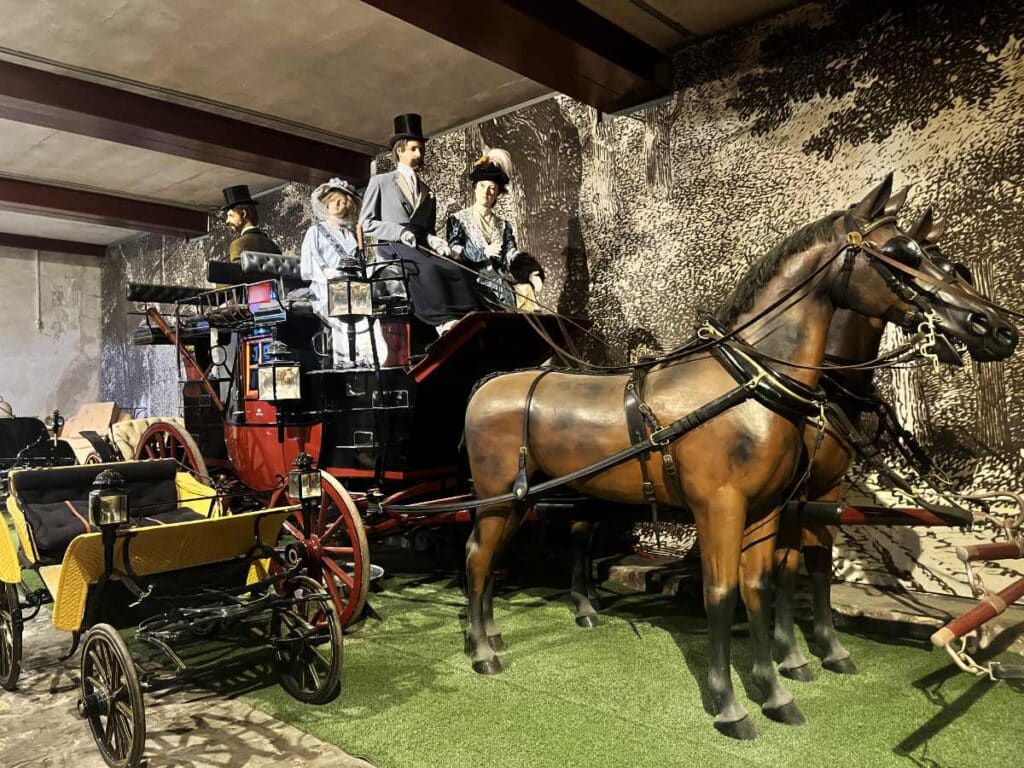
Getting to the Château from Paris
Château de Vaux-le-Vicomte is located in the Parisian suburb of Maincy in the Seine-et-Marne department, south east of Paris.
By Guided Tour: The easiest way to get to the Château is by guided tour. It is near the royal palace Château de Fontainebleau, so many tours combine the two. You can see the guided tours with transport here.
By Public Transportation: The Château is not the easiest to get to on public transportation, but it is possible. You can take RER D from Châtelet to Saint-Melun station, and from there catch the bus 01EX to the Château.
By Car: Château de Vaux-le-Vicomte is easily accessible by car by Paris. It takes around 50 minutes, depending on where you are coming from within Paris.

If you enjoyed that article you may like to read more about day trip ideas from Paris here. A bientôt!
